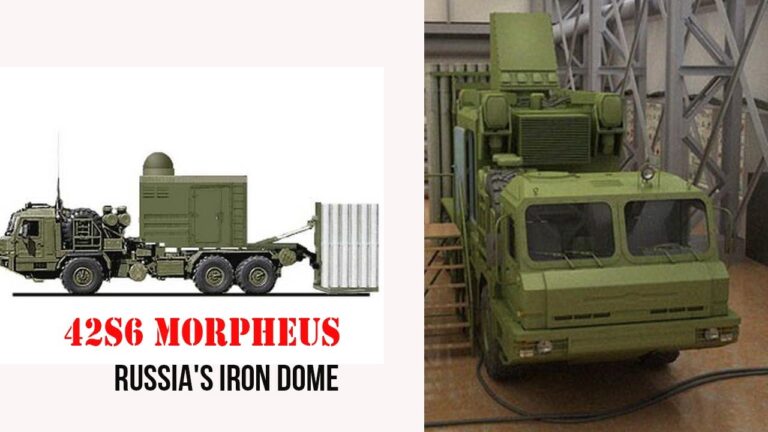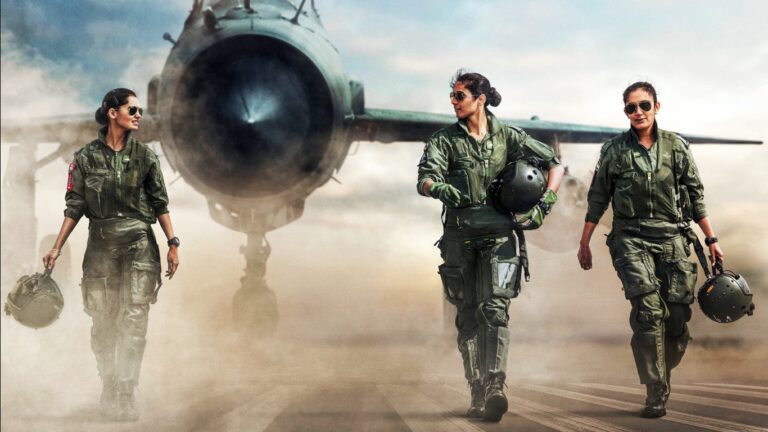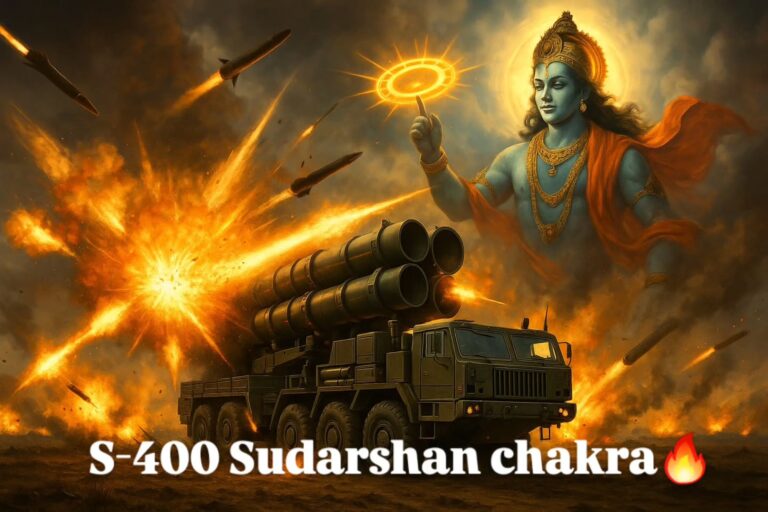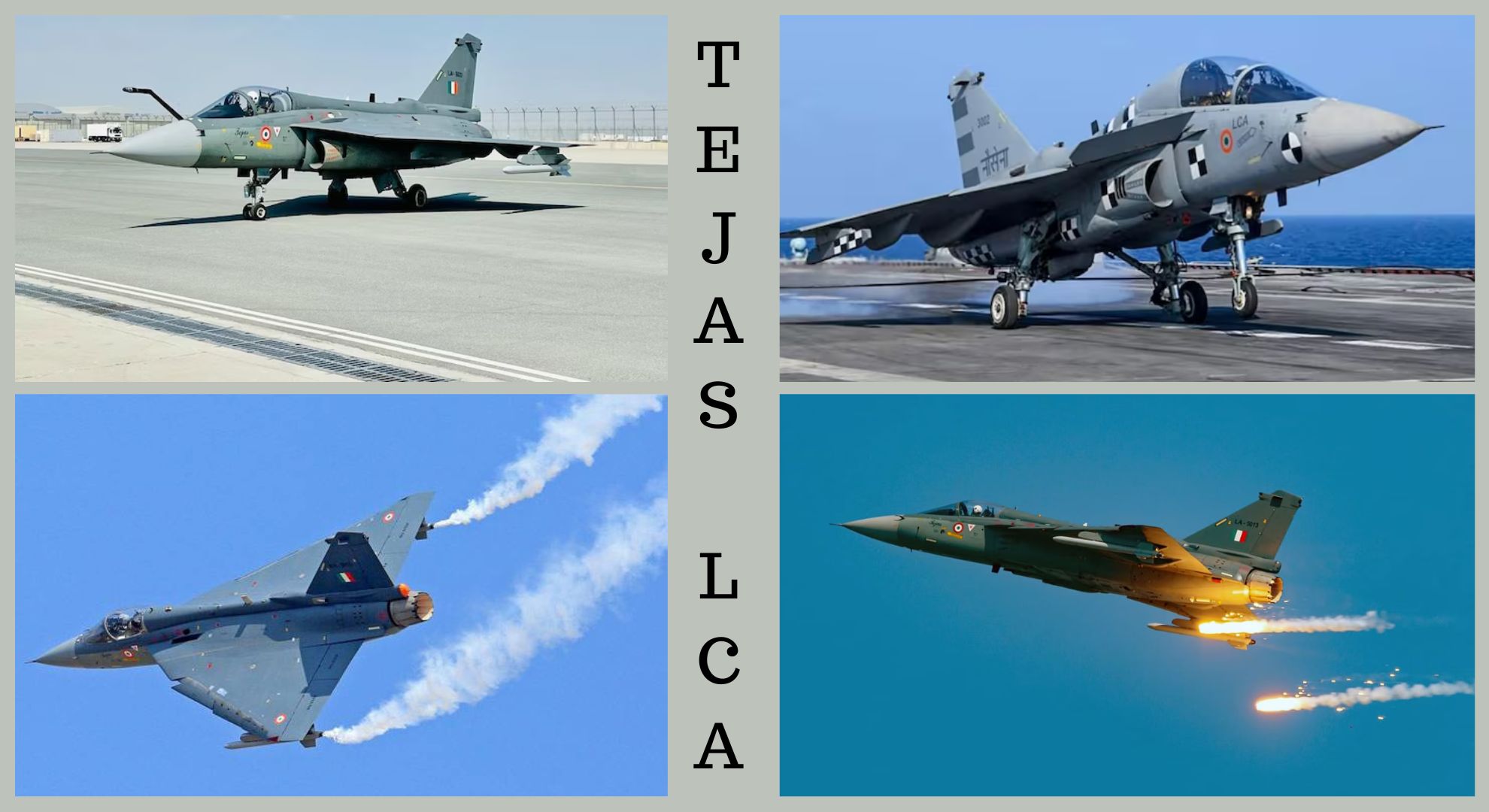
LCA Tejas
The HAL Tejas, India’s Light Combat Aircraft (LCA), is a product of decades-long indigenous development aimed at boosting the country’s aerospace capabilities. While it has made significant progress, there are still several technical challenges associated with the platform. The HAL Tejas, a light combat aircraft developed by Hindustan Aeronautics Limited (HAL) for the Indian Air Force (IAF), despite being a significant step towards India’s self-reliance in defense manufacturing, the Tejas has struggled to overcome some serious issues. Here are the top 10 technical problems associated with the HAL Tejas.
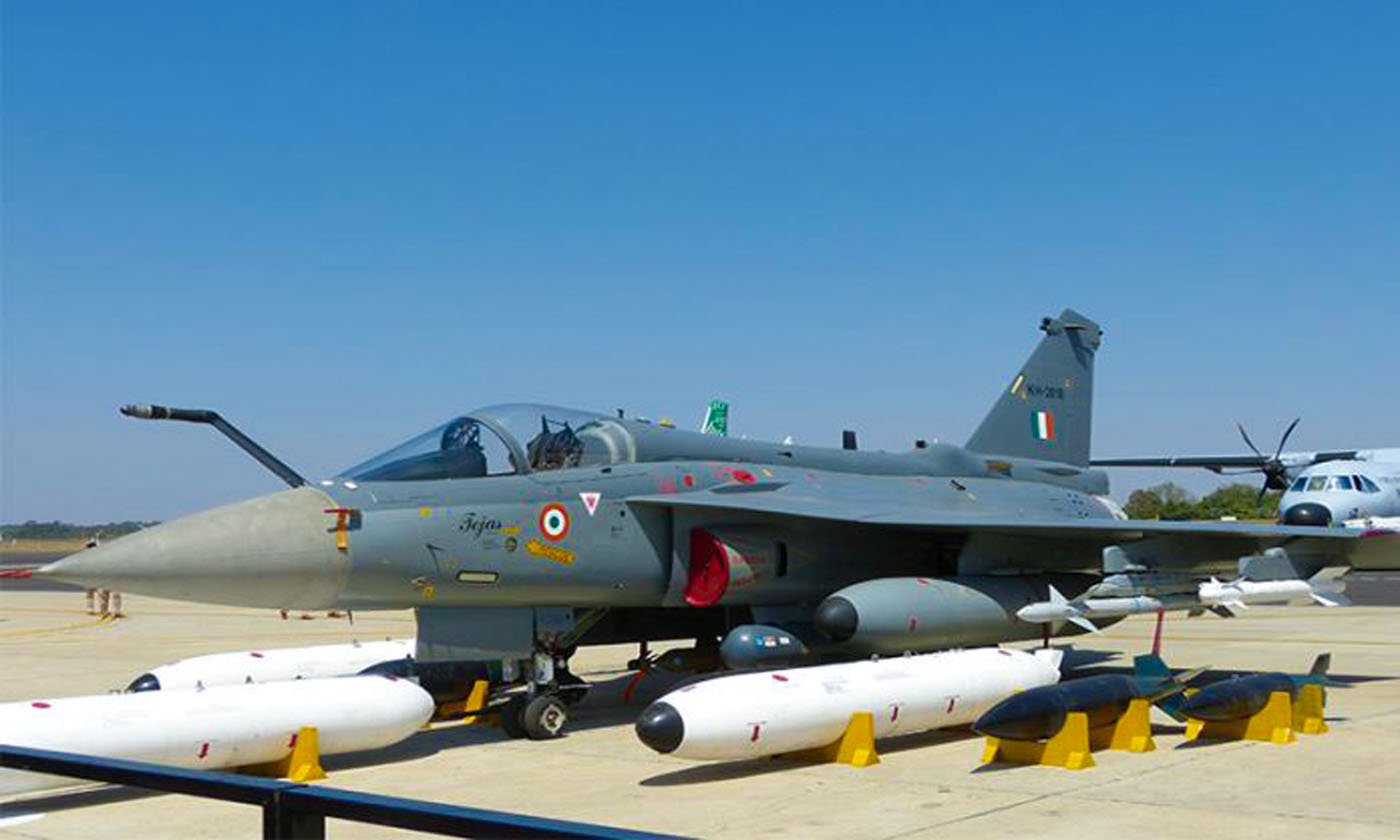
1. Engine Issues:
The HAL Tejas is powered by the General Electric F404 engine, which, while reliable, lacks the thrust needed for heavier payloads and extended combat missions. The indigenous Kaveri engine, meant to replace it, has faced continual delays and performance shortfalls. The F404 generates 11,000 pounds of dry thrust, while Tejas requires more for enhanced capabilities, especially for future variants like the Mark-2.
2. Avionics Over-reliance on Foreign Technology:
The Tejas is equipped with the Israeli EL/M-2052 AESA radar and foreign avionics systems, limiting its indigenous content. The Uttam radar, being developed indigenously, has shown promise but is not yet fully operational, especially for air-to-ground missions. Tejas has faced problems with its avionics system, particularly its mission computer and data link technology. Due to a smaller nose cone, a bigger, more powerful radar cannot be integrated into it due to design limitations.
3. Excessive Weight:
The naval variant of the Tejas has been criticised for being too heavy for carrier-based operations. The Indian Navy rejected the platform for this reason, stating that its maximum take-off weight of 14 tonnes was excessive for successful deck landings and operations. Due to this, its ground clearance and thrust-to-weight ratio (TWR) suffer adequately. As power generated by the General Electric F404 is not sufficient for a 14-tonne weight class.
4. Limited Range and Payload:
The Tejas’ range and payload capacity are below expectations for a multirole fighter. It has a range of only around 300 km (combat radius), which restricts its operational deployment. This restriction is a consequence of limited internal fuel storage and its inability to carry large external fuel tanks without compromising weapons payload. To increase range, fuel tanks need to be incorporated, but that will lower its weapon-carrying capacity, as 2 additional hardpoints will be used.
5. Aerodynamic Limitations:
The Tejas’ delta-wing configuration, while offering certain agility advantages, limits its high-angle-of-attack manoeuvrability and speed. The aircraft’s top speed is Mach 1.6 to 1.8, which is lower than comparable fourth-generation fighters such as the F-16 (Mach 2+), though it is somewhat equivalent to its competitor, the Pakistan-made JF-17 with a Russian RD-93 engine. However, the newer version of the JF-17 hosting Chinese WS-10 engines generates more thrust. Delta wing designs tend to lose energy during high-turn-rate dogfights compared to swept-wing configurations. This characteristic limits their performance in close-range combat scenarios, as they struggle to maintain speed and agility under rapid manoeuvring conditions. This is a critical consideration in fighter aircraft design.
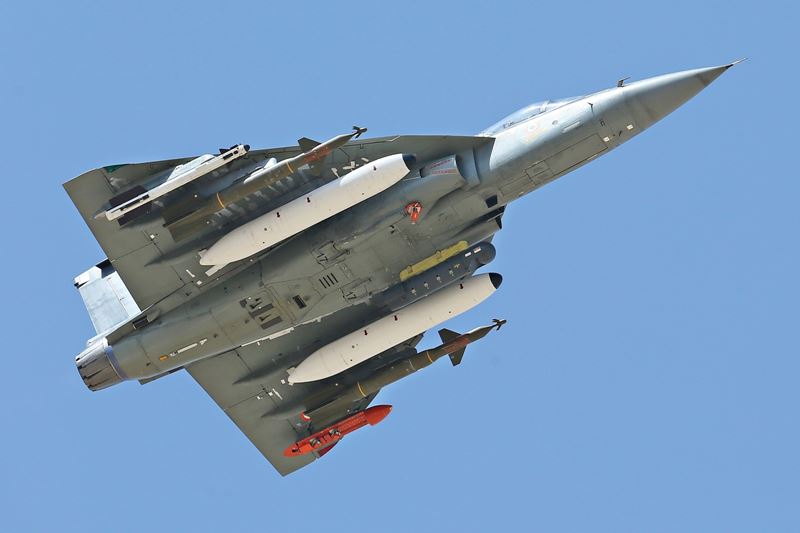
6. Production Delays:
HAL has consistently struggled with rampingneeds of the Indian Air Forcean Air Force’s requirements. Initially producing only 8 aircraft per year, the company is aiming to increase output to 16 annually, but this has proven difficult due to logistical and manufacturing challenges. The United States halted engine deliveries, and spares from European countries failed to reach HAL, creating further delays.
7. Inadequate Weapons Integration:
Although Tejas can carry a variety of munitions, including air-to-air, air-to-ground, and anti-ship missiles, its integration with advanced weaponry, such as beyond-visual-range (BVR) missiles, has been slow. The indigenous Astra missile, for instance, is still in development, and its tests are rigorously going through but not cleared for induction. For now, Tejas’s primary weapons are the Israeli-made Python and Derby series of missiles, which are compatible with its Israeli EL/M-2052 AESA radar.
8. Serviceability Concerns:
Tejas’ operational readiness and sortie generation rates are concerns for the IAF. Historically, the maintenance and availability of spare parts, especially those from international suppliers, have been problematic, impacting the fleet’s overall serviceability. According to a report by The Print, Denmark has placed an export ban on the engine charge amplifier, a crucial component of the Tejas Mk-1A aircraft. On the other hand, US GE failed to supply engines to power Tejas Mark-1A, resulting in further delays.
9. Electronic Warfare (EW) and Self-Protection Systems:
The Tejas’s electronic warfare (EW) system has faced challenges, including limitations in jamming capabilities and threat detection. Although the Tejas is equipped with jamming pods and radar warning receivers, its EW capabilities are still under development. These systems are crucial for modern combat scenarios, especially in environments with advanced missile and radar threats.
10. High Development Costs:
The long gestation period of the Tejas programme has resulted in higher-than-expected costs. Despite the aircraft being marketed at $25 million per unit, the cumulative development and integration costs have ballooned 2x significantly over the years. This impacts its competitiveness in the international market compared to its competitors of the same class, like the JAS-39 Gripen, JF-17 Thunder, FA-50, etc.

Extended timelines, complex engineering requirements, and extensive testing protocols have contributed to the high development costs of the HAL Tejas. Budget overruns have also resulted from the need for advanced technologies and components, impacting the overall financial viability of the project.
Conclusion
The HAL Tejas, while a symbol of India’s efforts to build an indigenous fighter jet, faces serious technical hurdles. These problems—ranging from engine underperformance to weight issues and avionics challenges—have collectively delayed its full operational deployment and raised concerns about its long-term effectiveness in modern combat. Improvements are underway, especially with the Tejas Mk1A variant, which aims to rectify many of these shortcomings. However, full resolution of these problems is essential for Tejas to compete with more advanced aircraft on the global stage.
References
- Centre for Strategic and Contemporary Research. “HAL Tejas: Timelines, Capabilities, and Future.” CSCR.pk. Link CSCR
- The Week. An admiral stated that the Tejas is too heavy for the Navy. TheWeek.in. Link CSCR
- Hindustan Times. “Indigenous Fighter Jet Tejas Delivers but Falls Short of Expectations.” HindustanTimes.com. Link The National Interest



